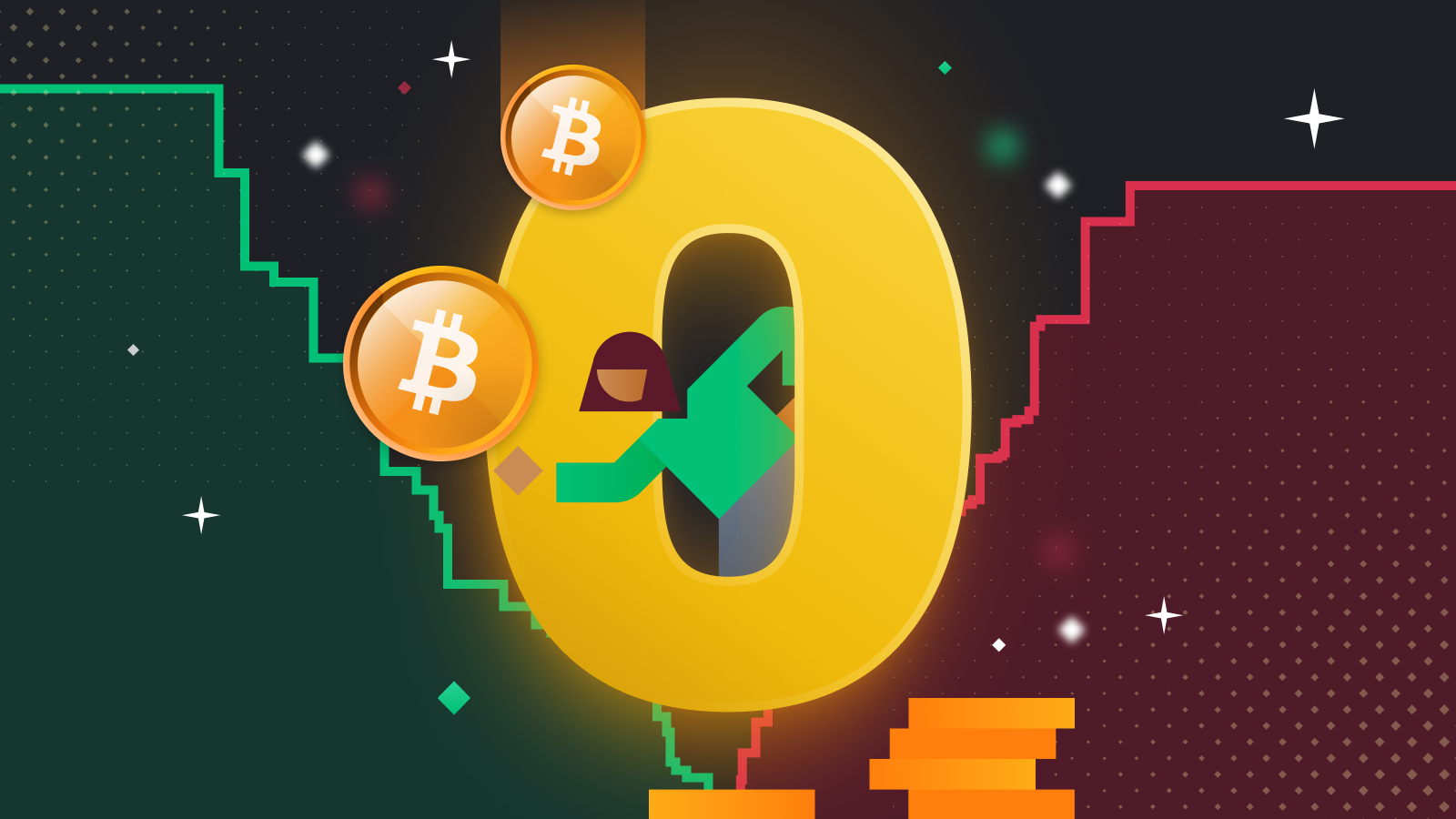Zero BTC Fees: A Quick Liquidity Update
Main Takeaways
Binance continues to offer zero-fee trading on a selection of the most popular BTC trading pairs on its spot exchange.
Binance’s BTC/USDT pair has improved its market depth by roughly 50% since the beginning of this promotion and now has improved liquidity.
Trading fees aren’t the only costs when using an exchange, and users must be aware of the hidden costs arising from poor liquidity on order books.
With over two months of zero-fee trading under our belt, it’s time to have a quick recap on the facts, figures, and benefits so far. This time, we’ll take a brief look at liquidity and also dive into some simple stats to get an overview of the promotion so far.
To celebrate five years of Binance, BTC traders have been able to enjoy zero maker and taker fees on a selection of popular spot trading pairs for the past couple of months. So far, we’ve already explored the beneficial effects on liquidity and the reasons behind the fee removal. We thought now would be a better time than ever to update you on the latest facts when it comes to market depth and liquidity.
Continuous Improvement in Market Depth
If you read our last article covering liquidity, one of our most important findings was an improvement in market depth when trading BTC. Let’s briefly recap what market depth is and the measure we’re using to assess it.
The 2% market depth figure measures the volume of asks and bids at a price level in a 2% band on both sides of the mid price. When the measure increases, there is more volume on the order book to match orders around the mid-price level, and the exchange has deeper liquidity. This means Binance users can execute larger market orders with less significant price spikes and volatility.
If we now take a look at the BTC/USDT pair (which accounts for 70% of trading volume across the thirteen pairs available at the time), there has been an improvement of 53%* since the campaign’s start. For anyone trading BTC for USDT and vice versa, this can mean faster filling of orders and a reduction in price slippage compared to before the fee removal.
*Comparing the daily average from 10 June - 7 July (4 weeks) before the fee removal’s effective date and from 9 July - 9 Sep (10 weeks) after the effective date, based on publicly available data.
Why Does Market Depth Matter?
Trading fees aren’t the only costs you need to consider when using an exchange. There are hidden costs as well that can arise from poor liquidity on order books. As we covered in this post and our previous analysis, Binance’s good market depth, low slippage rates, and narrow bid-ask spreads provide you with some of the best prices on the market.
You’re much more likely to get the price you expect when liquidity is improved. When we combine all of this with a zero-fee structure, users experience some of the most efficient trading possible.
BTC Zero-Fee Trading Keeps Striving Forward
The removal of fees for our BTC spot trading pairs isn’t just a flash in the pan. The campaign keeps going forward, and users continue to benefit when it comes to liquidity, depth, and spreads. To experience the difference zero fees make to BTC trading, simply create or log in to your Binance account and head to the spot exchange.
For more information on our fees and liquidity, refer to the following articles:
(Blog) Zero Fees and High Liquidity Make Binance the Home of BTC Trading
(Blog) Zero BTC Trading Fees: They Do What They Say on the Tin
(Academy) Bid-Ask Spread and Slippage Explained
(Academy) Liquidity Explained | Binance Academy
Risk Warning: Digital asset prices are subject to high market risk and price volatility. The value of your investment can go down or up, and you may not get back the amount invested. You are solely responsible for your investment decisions, and Binance is not liable for any losses you may incur. Past performance is not a reliable predictor of future performance. You should only invest in products you are familiar with and where you understand the risks. You should carefully consider your investment experience, financial situation, investment objectives, and risk tolerance and consult an independent financial adviser prior to making any investment. This material should not be construed as financial advice. For more information, see our Terms of Use and Risk Warning.


